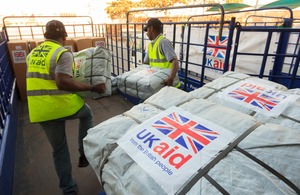DFID research: Growth and livelihoods in conflict: findings from SLRC’s review of the evidence
SLRC explores evidence on growth, economic activity and livelihoods in conflict-affected situations.

This month, the (SLRC) explores the evidence on growth, economic activity and livelihoods in conflict-affected situations, drawing on secondary research carried out during the Consortium’s inception year.
Three outputs are now available to view or download on SLRC’s new :
The full working paper - “” - maps out the evidence base, identifies key messages and findings, and pinpoints gaps and weaknesses in the literature.
The working paper is accompanied by a 4-page briefing paper - Summarising the main findings of the review, the briefing paper pulls out three key messages:
- The evidence base on growth and livelihoods in conflict-affected situations is comprised of four distinct ‘categories’ of evidence
- We know strikingly little about the impacts of livelihood and economic interventions in conflict-affected environments, and programming choices often appear to be driven by assumptions of effectiveness and unsubstantiated narratives of success
- Conflict-affected economies demonstrate surprisingly¬Ý strong GDP growth rates, but methodological weaknesses suggest the data need to be treated with great caution
And finally, an SLRC blog post - - by SLRC research officer, Richard Mallett, highlights a major challenge to evidence-based policy making: how do you justify programming choices when the evidence you need simply isn’t there?
These three new outputs can all be found on SLRC’s alongside a series of country-focused reviews, from to .